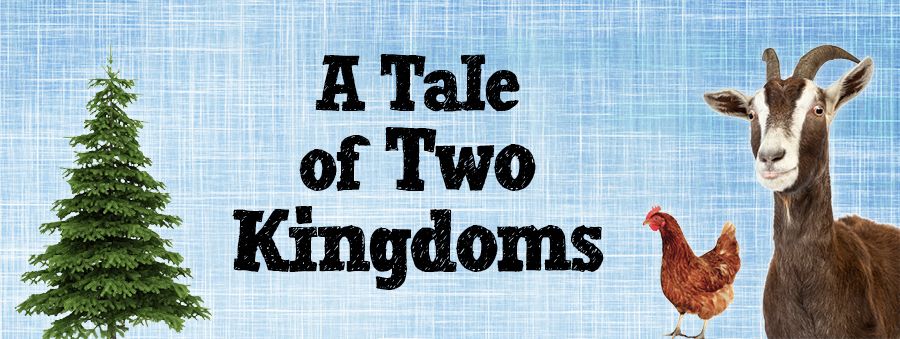A Tale of Two Kingdoms

Plants
They are the only living things that make their own food. They are also the source of food for every other living thing. Plants become our medicines, fibers, paper products, cosmetics, spices, and building materials. We burn plants for fuels. This includes wood as well as the fossil fuels (coal, petroleum, natural gas) that came from plants eons ago. We eat plants — roots, leaves, stems, and fruits. Finally, we depend on plants for the oxygen we breathe. Without plants, we would not survive.
Animals
Only about one-fifth of the land in the United States is suitable for growing crops. The rest has poor soil, too little rainfall, or rocky, rough surfaces that machinery can’t handle. Forests cover millions of acres. Even though we can’t grow food crops on these lands, livestock can often graze there. As livestock eat grass, they turn it into food and fiber people can use. Animals provide the eggs, milk, fish, burgers, steaks, chops, and roasts that give us protein. They produce the wool and leather people use for clothes, shoes, and baseball gloves. Animal fats are important in soaps, cleaners, cosmetics, paints, plastics, and much more. Thanks to animals, we have better lives.
